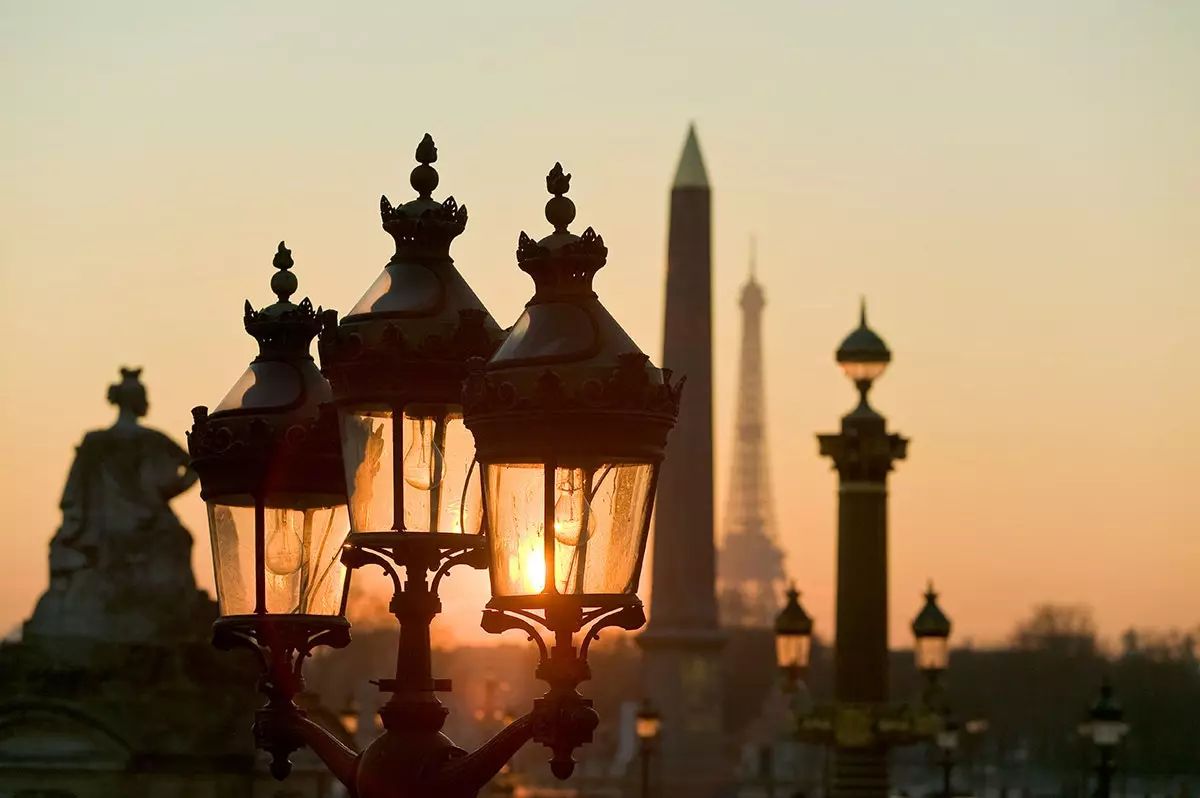
Everything adds up to generate beauty in the city
STREETLIGHTS
Paris is called the city of light be a pioneer in the installation of public lighting and for being an example of the cultural capital of the Europe of the Enlightenment. The first were created in the seventeenth century , under the order of Louis XIV, the Sun King, with the aim of lighting the streets to provide security. Later, in In the 19th century, Style Lampposts appeared, a novelty that mixed utility and aesthetics allowing to integrate them in perfect harmony with the environment.
In the 1950s, the Lenzi company, taking advantage of the great renovation of the monuments of Paris, proposed to create 'luminaires de style' for lighting the city. This factory acquires a great reputation thanks to its prestigious facilities on the Champs-Elysées, rue de Rivoli, Place de la Concorde, the Quartier del Marais or the Palais Royal.
Each of these neighborhoods boasts of having its own model of lampposts such as the Lavoisier in Les Invalides, the rue de la Paix, the Tuilerie, the Alexandre III or the Richelieu . Vincent van Gogh represents the well-known lampposts of the Montmartre neighborhood in his work, Montmartre from 1886.
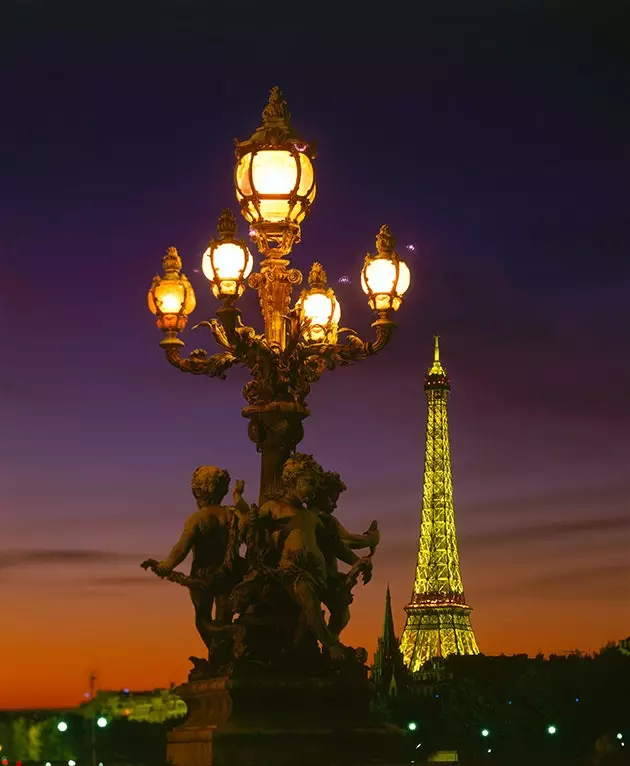
To each neighborhood, a model of lamppost
STREET PLATES
In Paris, as in most cities, the urban signs that indicate the names of the streets are placed at the end of the streets, generally on the facades. The design of the current plates was ordered by the Count of Rambuteau in 1847 and is one of the oldest in the world. They are distinguished by their Rectangular shape in navy blue enameled metal with a green border and white inscription.
At the top of the plate, in a semicircle is marked the number of the 'arrondissement' or neighborhood, from 1 to 20. And as an example of a cultural city, on many occasions, they indicate a brief description of the character, event or place they name.
Such is its connection with the cliché image of Paris that there are companies that reproduce personalized plates as souvenirs.
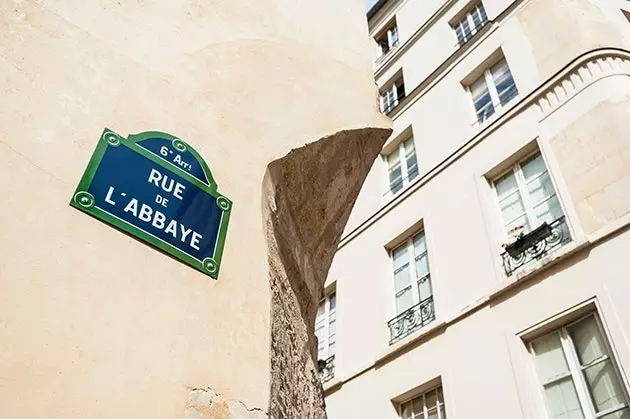
They are so mythical that there are those who have turned them into souvenirs
GARDEN CHAIRS
One of the best things about Paris parks are their chairs, which you can move as you please according to the desires of the day . You can turn your chair into the sun during the early spring months, or move away from a group of schoolchildren or tourists so you can read for a while. When the good weather arrives, there are wars to catch this icon of Parisian garden furniture.
There are three styles, La Chaise (chair), Les Bridges (the one with arms) and Les Fauteuils (a kind of lounger). All identical, in green lacquered metal, are part of the cultural heritage of the hexagon since its creation in the 1920s, when they replaced benches for the comfort of walkers.
At her birth, the Ateliers de la Ville de Paris called her Senat. Years later, the firm Fermob became the official supplier and, in 2002, they renewed it thanks to a design by Frédéric Sofia and they become Luxembourg chairs.
There are about 2000 pieces in steel , green color RAL 6013. And despite its name, in addition to finding them in the Luxembourg Garden, you can enjoy them in the Tuileries and in the Palais Royal Gardens, where you will want to place them in the 'front row' on the edge of the pond.
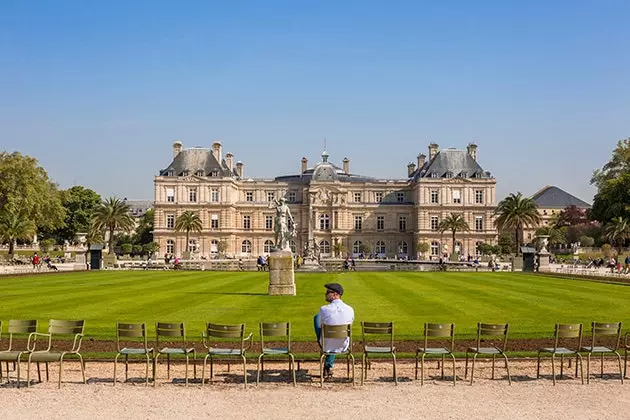
Sitting in a park like this: a 'must' on your next visit to Paris
WALLACE FOUNTAINS
They are famous public drinking fountains, designed by Charles-Auguste Lebourg. His name comes from Richard Wallace , a British philanthropist who financed its construction. The first was installed in Paris in 1872 large enough to be seen from afar, but without breaking the harmony of the landscape. Its price had to be reasonable, so They were made of iron, an economical and durable material, and the engineer Eugène Belgrand looked for the best locations.
There are 4 different models. The large model was the most common, inspired by the Parisian Fountain of the Innocents_ with an octagonal base on which four caryatids rest supporting a dome. They represent four virtues and the four seasons of the year. Simplicity and spring, charity and summer, sobriety and autumn and kindness and winter. You can find one at the Reine-Elizabeth-II Flower Market, another specimen on rue de la Bûcherie in front of the Shakespeare and Company bookstore or on Place Saint-André-des-Arts.
the semi-detached model, in which a naiad predominates flanked by two fantastic figures. The idea was to place them in crowded areas, such as hospitals or train stations, but it was not fulfilled and currently only one specimen is preserved in district V. Both this model and the large one had two metal containers to facilitate water consumption, which were later removed for hygienic reasons.
The small model are water points adorned with the city's coat of arms that are activated by pressing the tap. . They are located in the public parks and gardens of Paris. Finally, the column model , after the previous ones. It is a simplified version of the large model in which caryatids are replaced by columns to reduce costs. Currently, there are only two: one in the 16th district and the other in the 17th, closed during the colder months to prevent frost from damaging their pipes.
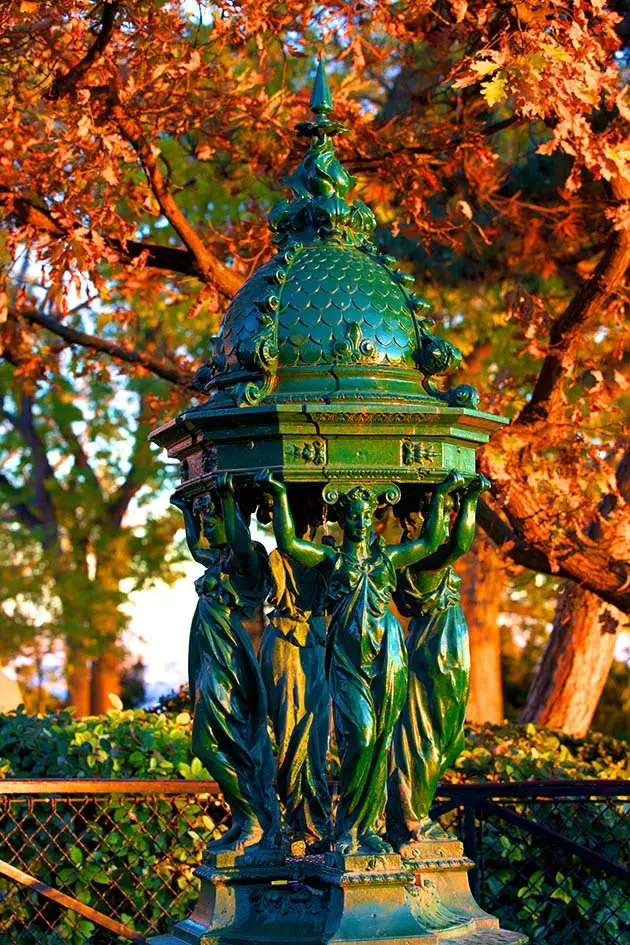
Large Wallace Fountain Model
NEWSPAPERS
Another of the symbols of the streets of Paris are its art nouveau style kiosks. They were conceived in 1857 by the architect Gabriel Davioud , main collaborator of the man Haussmann and creator of the Théâtre du Châtelet, the Fontaine Saint Michel and the Parc Monceau fence.
Camille Pissarro reflected them in his work Boulevard de Montmartre (1897), as a testimony to the greatness of the urban plan of the man. In his painting you can see the public lighting, the kiosks and banks, all of them emblematic of the new image of the capital.
In the 80s they were reproduced following the original design : aesthetics that imitate green wrought iron and zinc and crowned by a small dome ending in an arrow.
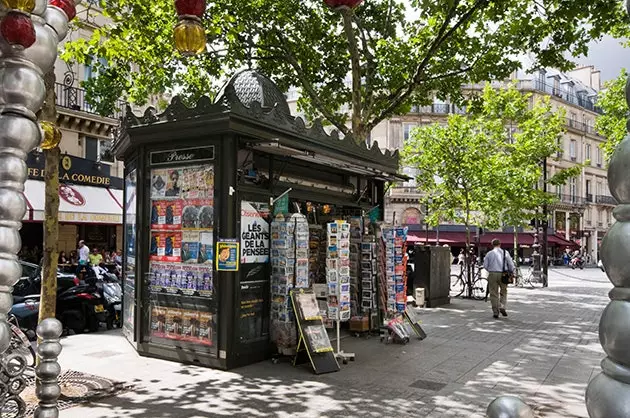
Sale of press in designs inspired by the XIX
Morris Columns
With the aim of announcing the multiple shows that began to emerge in Paris in the Second Empire, the Maison Morris took the monopoly of the advertising columns, covering the costs of its construction and of the posters, dedicated to cultural programming . The Lacarrière company was in charge of the lighting and the municipal employees took care of its cleaning, in exchange for being able to store their gardening tools inside.
Thus, in 1868, in the same line of style as the kiosks, they built the Morris columns, exclusively advertising supports in the form of a dark green iron cylinder, with a canopy-shaped roof, under a small dome decorated with scales , to protect the posters from the rain. You will recognize them in a beautiful painting by Jean Béraud, La Colonne Morris, in which he reflects the urban landscape of 19th-century Paris. Currently you will come across the modernized model throughout the city.
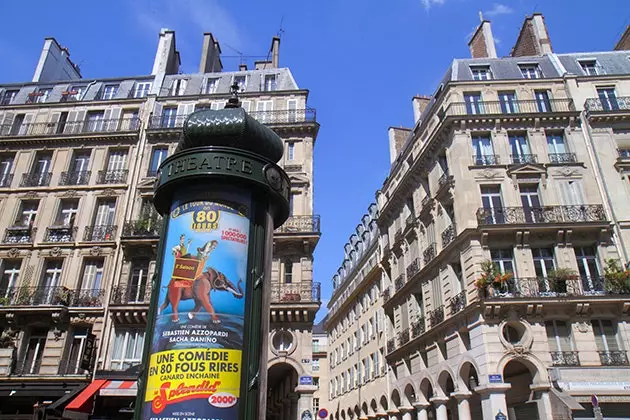
Morris Column, old-fashioned advertising
METRO TICKETS
Some of them are an icon of the city, specifically those of Hector Guimard, built between 1899 and 1913 in iron and glass, with the aim of beautifying the city , despite the fact that they initially caused a scandal. In the art nouveau style, they are characterized by their 'dragonfly wings' and other ornaments such as the Dervaux lampposts.
About 80 copies are preserved with two different entry styles. That of canopies, of which only two are in use: Porte Dauphine and Abbesses entrance. And that of the balustraded iron structure decorated with plant motifs, such as the Louvre-Rivoli, Temple, Denfert-Rochereau or Château-d'Eau. Inside, the walls were covered with biseauté white tile, which has been changing over time and, today, the original style has been restored.
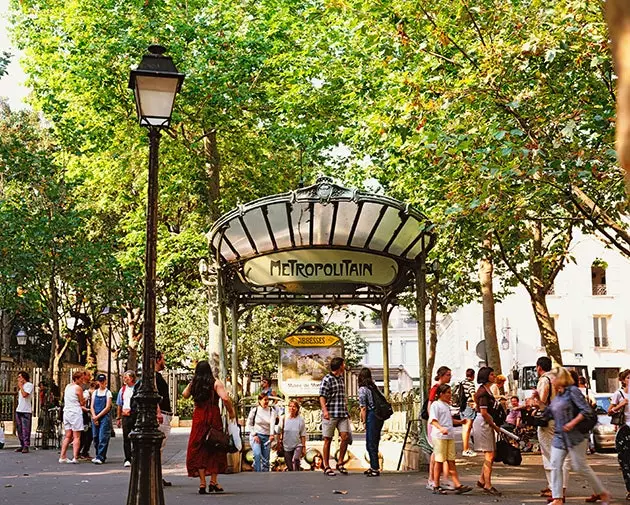
Marquee entrance to the Abbesses metro
BISTRO CHAIRS AND TABLES
They are not part of the urban furniture itself, but there is nothing more characteristic of Parisian postcards than the mythical terraces of the cafes with their chairs lined up parallel.
The Maison Drucker has been making this furniture since the 19th century, passing on its 'savoir-faire' from generation to generation. The chair is made from a rattan mesh backrest combined with shapes and colors depending on the style of the 'brasserie' and declined in various models. Among them the Arc-en-Ciel, Chambord, Chenonceau or Fouquet's collections, which customers can order à la carte.
Characteristics of the Parisian landscape are such well-known places as Les Deux Magots, Le Café de Flore, Le Royal Monceau, Le Mini-Palais, Le Café de l’Alma, La Fontaine de Mars, or Le Voltaire, all placed in the same direction and directed towards the street , perfect for the Parisian sport of 'flâner'.
The tables, called bistro-type, they usually have a central black iron leg and a round marble plate , although they have evolved.
If you go into one of the cafes, you have many ballots to find the Thonet chairs nº.14 or 'bistro chair', made of wood and mesh seat. This famous model was created in the year 1859 by the eponymous German furniture designer, following a unique steam-bending technique that takes years to perfect. This design won a gold medal at the World's Fair in Paris in 1867.
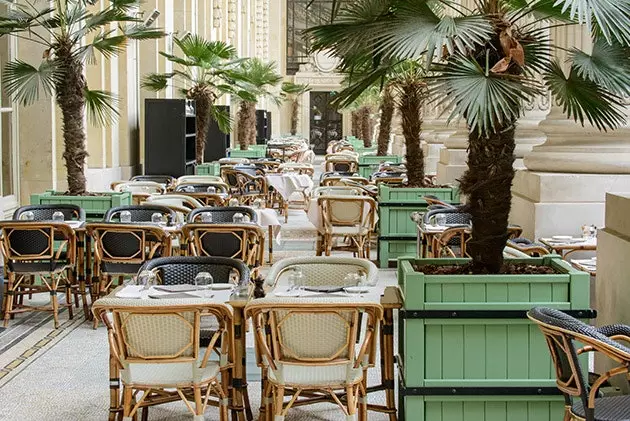
These tables and chairs are also urban landscape
